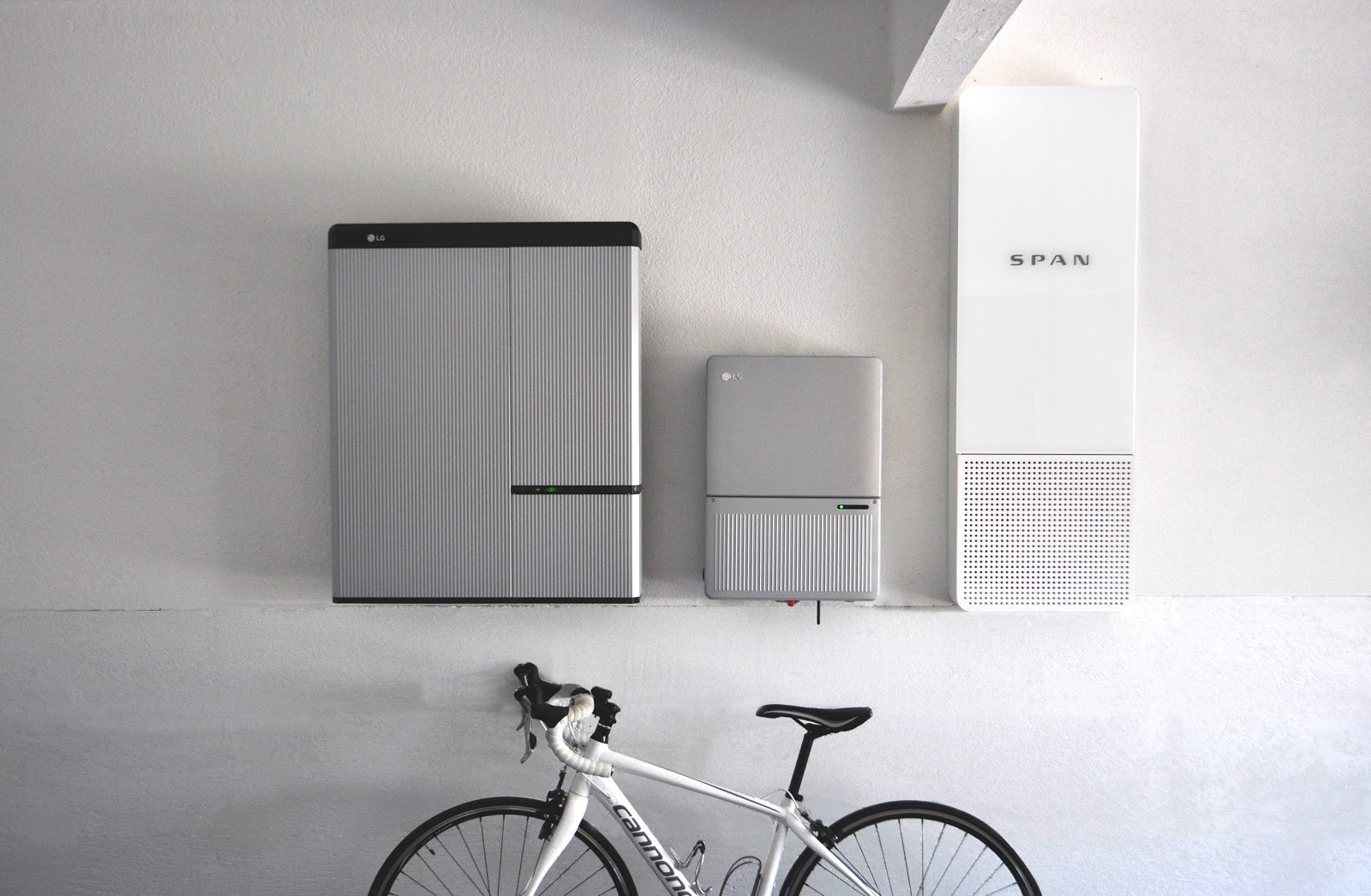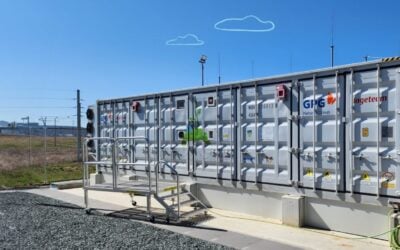
Recognising the multiple benefits and value streams that energy storage systems can bring, the Connecticut Public Utilities Regulatory Authority (PURA) has established a programme designed to spur 580MW of customer-sited storage deployment by 2030.
The new Electric Storage Program is set to be launched in early 2022. It will provide upfront incentives to customers for every kilowatt-hour of energy storage capacity they install as well as performance-based incentives for the amount of capacity their systems can dispatch when most needed. Over time and as numbers increase, the incentives will decline, in line with similar programmes run elsewhere. With 580MW the end goal over nearly a decade, PURA also set interim targets of 100MW by 2024 and 300MW by 2027.
Enjoy 12 months of exclusive analysis
- Regular insight and analysis of the industry’s biggest developments
- In-depth interviews with the industry’s leading figures
- Annual digital subscription to the PV Tech Power journal
- Discounts on Solar Media’s portfolio of events, in-person and virtual
In June, Connecticut adopted a deployment target of 1,000MW of energy storage by 2030. This includes both front-of-meter energy storage on the utility side of the electric meter, as well as behind-the-meter energy storage.
The latest Electric Storage Program focuses mainly on the customer side of the electric meter, but also includes a provision that front-of-meter storage systems are no longer levied demand charges, but that there should be a revenue-neutral tariff designed for those systems’ use of the grid.
A more specific front-of-meter programme is also expected to be designed and proposed by June next year, by the Connecticut Green Bank, the institution which, along with the various electric distribution companies, has been charged with administering the entire programme.
The regulator has designed its programme with a set of objectives that includes enabling energy storage systems to provide multiple benefits to the grid, including some that are traditionally more associated with front-of-meter systems like ancillary services, peak shaving, and deferring distribution and transmission investment costs, but also behind-the-meter applications like adding resiliency to customer electricity supplies and enabling the growth of distributed generation like solar PV.
PURA also wants to help foster a healthy energy storage industry within Connecticut, prioritise adding resiliency for customers in environmentally and economically disadvantaged communities, as well as those that are on the further reaches of the grid that are more likely to be at the mercy of extreme weather events.
PURA chair Marissa Gillett said that the energy storage target legislation, Public Act 21-53 which was signed by state governor Ned Lamont into law in June “put Connecticut on the map as a potential leader in realising the benefits of energy storage.”
“Today's decision builds on that vision by establishing a statewide comprehensive programme that not only incorporates different applications and types of energy storage, but ensures the state is on a path to achieving 1,000MW by 2030,” chair Gillett said.
ESA: Kicking off a ‘Storage Decade in Connecticut’
The 580MW target has been set with the aim of meeting Connecticut’s peak load requirements in mind; equating to 2% of the highest demand summer hours recorded in 2018. The programme’s rules, on which PURA published its Final Decision ruling this week, has been in the making for a couple of years. Various stakeholder groups had their input, perhaps most prominently the US national Energy Storage Association (ESA) and the North-East Clean Energy Council (NECEC), which around this time last year had together proposed various metrics be accounted for under a “pay-for-performance” model.
Yesterday, Energy Storage Association interim CEO Jason Burwen said that with the publication of PURA’s decision, Connecticut had become a national leader for distributed energy storage, which he said “will provide critical resilience and cost savings to the local electricity system”.
The programme will kick off a “Storage Decade in Connecticut”, Burwen said, describing the compensation programme as being the first of its kind.
“ESA applauds the leadership of Chairman Gillett and looks forward to working with PURA, the Connecticut Green Bank, and others stakeholders on the subsequent development of a parallel program that fully captures the benefits of front-of-the-meter energy storage for reducing costs and supporting state goals for addressing the climate crisis.”
The 580MW will be split evenly across residential awards and commercial and industrial (C&I), with 290MW incentivised across each segment by 2030. Between 2022 and 2024, that will include 50MW of each, then 100MW from 2025 to 2027, then 140MW for each segment from 2028 to 2030. Upfront incentives to commercial customers will be US$280/installed kWh, and US$225 for industrial customers. Then C&I systems will be rewarded with US$225/kW for their average capacity dispatched during summer peaks; including between 30 to 60 three-hour events.
Residential installations will also get around US$280/installed kWh upfront with some adjustments for ratepayer impact measure (RIM), which assesses the impact on customer rates and network costs of deploying the system. Residential incentives will decline in blocks as capacity targets are met and will be capped at 50% of the total installed project cost, or at US$7,500 for residential customers. The C&I cap has yet to be determined.
Meanwhile, residential customers will get a US$50/kW performance based incentive for average capacity dispatched during five, three-hour events in winter. System owners must give an electric distribution company or a third-party operator such as an aggregator or virtual power plant operator the ability to actively dispatch their system’s capacity.
Kudos goes to the ESA for creating a handy summary of the programme, which breaks down the full PURA Final Decision's main points.






